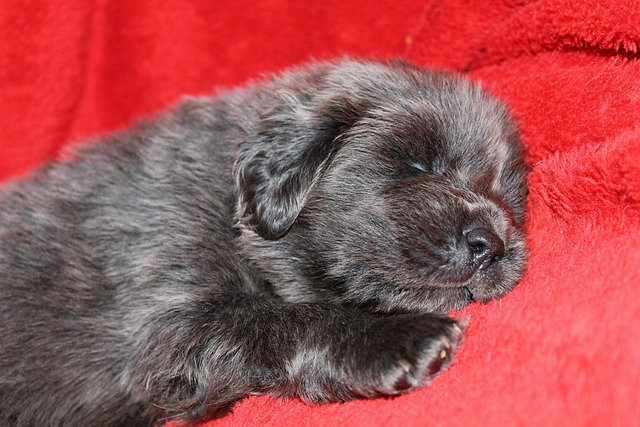
The Tibetan Mastiff is a large and powerful dog breed with a strong and imposing presence. Originating from Tibet, this ancient breed was developed to guard livestock and homes in the Himalayas. Tibetan Mastiffs are known for their thick double coat, distinctive mane, and a calm yet protective temperament.
Breed Group: Tibetan Mastiffs are classified in the Working Group by the American Kennel Club (AKC) and various kennel clubs globally.
Physical Characteristics:
- Size:Tibetan Mastiffs are large dogs. Adult males typically stand about 26 inches (66 cm) and up at the shoulder, and females are slightly smaller.
- Weight:Adult Tibetan Mastiffs usually weigh between 90 to 150 pounds (41 to 68 kg) or even more.
- Coat:They have a double coat with a dense, weather-resistant outer coat and a soft, insulating undercoat. Coat colors include various shades and markings.
Temperament:
- Independent and Protective: Tibetan Mastiffs are known for their independent nature and strong protective instincts. They were bred to guard livestock and homes, and these traits may translate into a reserved demeanor around strangers.
- Loyal and Gentle: They are loyal to their families and can be gentle with those they know well, including children.
- Calm and Dignified: Tibetan Mastiffs have a calm and dignified demeanor. They are not overly excitable but are always alert.
- Territorial: They can be territorial, and early socialization is crucial to ensure they are well-behaved and comfortable around various people and situations.
Purpose:
- Tibetan Mastiffs were originally bred in Tibet to guard livestock, monasteries, and homes in the Himalayan mountains.
- Today they are primarily kept as guard dogs and family protectors. They are not typically used as herding dogs, but they maintain their guardian instincts.
Care and Grooming:
- Tibetan Mastiffs require regular exercise to keep them physically and mentally stimulated. Daily walks and playtime are important.
- Grooming needs are moderate to high. Their thick coat requires regular brushing to prevent matting, and extra attention is needed during shedding seasons.
Health:
- Tibetan Mastiffs are generally a healthy breed, but they can be prone to certain health issues, including hip dysplasia, elbow dysplasia, and certain eye conditions.
- Regular veterinary check-ups, a balanced diet, and proper exercise are important for their overall health.
Tibetan Mastiffs are not recommended for first-time dog owners due to their strong and independent nature. They thrive in homes with experienced owners who understand their needs for socialization, training, and proper care. Early training and socialization are essential to ensure they grow up to be well-behaved and well-adjusted dogs. Despite their imposing appearance, they can be affectionate and loyal family members when raised and trained with care.
